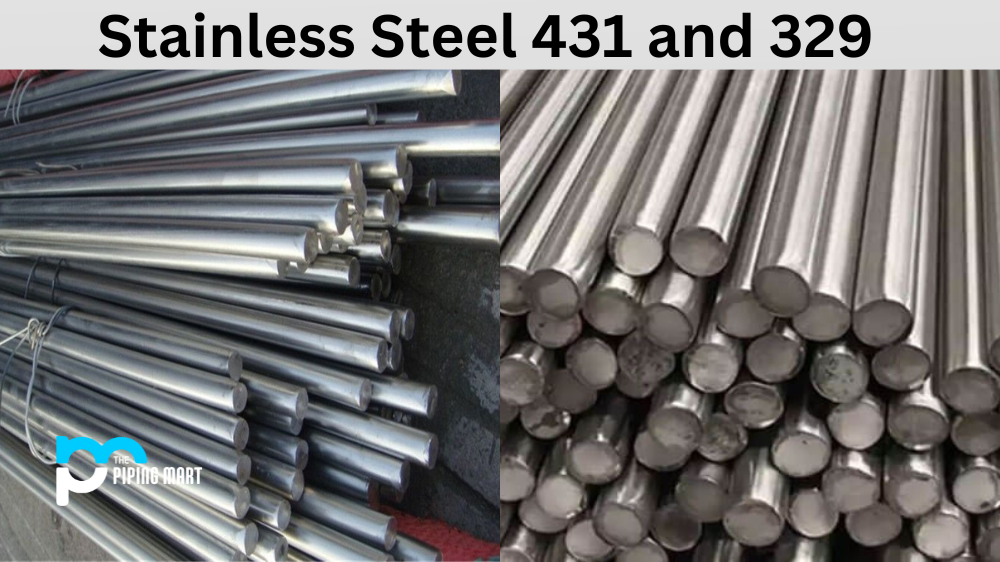As one of the most widely-used metals in the world, aluminium is an incredibly versatile material known for its durability, lightweight properties and corrosion resistance. In manufacturing, aluminium is available in various grades, each designed to meet specific application needs. Two of the most popular grades are aluminium 5251 and 5083. While they may seem similar at first glance, these two grades have distinct differences that make them more suitable for different purposes. This blog post closely examines the differences between aluminium 5251 and 5083.
Difference Between Aluminium 5251 and 5083
Corrosion Resistance
One of the most critical factors for using aluminium is its corrosion resistance. Aluminium 5251 is a high-strength, non-heat-treated alloy known for its excellent corrosion resistance properties. It is an ideal material for corrosion-prone industries like marine and offshore. On the other hand, Aluminium 5083 is an alloy with medium strength and high corrosion resistance, perfect for use in constructing naval vessels, pressure vessels, and aerospace components.
Weldability and Formability
Both alloys are relatively easy to form and weld but differ widely in their properties. Aluminium 5251 has excellent formability properties but, in contrast, would require post-weld heat treatment to become stronger. Aluminium 5083, on the other hand, is harder to form, but it is stronger than 5251, making it possible to use in areas requiring load-bearing applications.
Strength
Aluminium 5251 has a yield strength of 140MPa, while aluminium 5083 has a yield strength of 240MPa, almost twice that of 5251. As a result, aluminium 5083 is a better choice for structural applications like construction and aerospace. However, due to its ductility, 5251 is the better choice for softer applications like cladding, roofing, and marine applications.
Machinability
Another critical property to consider is machinability. Aluminium 5251 has excellent machinability due to its softness and malleability. Aluminium 5083 is harder to machine due to its strength and toughness. As a result, more than 5083 are needed for complex machining or drilling operations.
Conclusion
There’s no one-size-fits-all answer when choosing between aluminium 5251 and 5083. The right choice will depend on the needs and requirements of each specific application. If you’re looking for high corrosion resistance for your marine or offshore project, aluminium 5251 might be the best option. If you need a higher degree of strength, aluminium 5083 could be a more suitable choice. Ultimately, the key is to consider each alloy’s different properties and characteristics and choose the one that best meets your requirements. With that in mind, it’s clear that both aluminium 5251 and 5083 are essential alloys with distinct differences and advantages that help make them stand out in the materials market.

Pipingmart is a B2B portal that specializes in metal, industrial and piping items. Additionally, we share the latest information and information about materials, products and various types of grades to assist businesses that are involved in this business.




